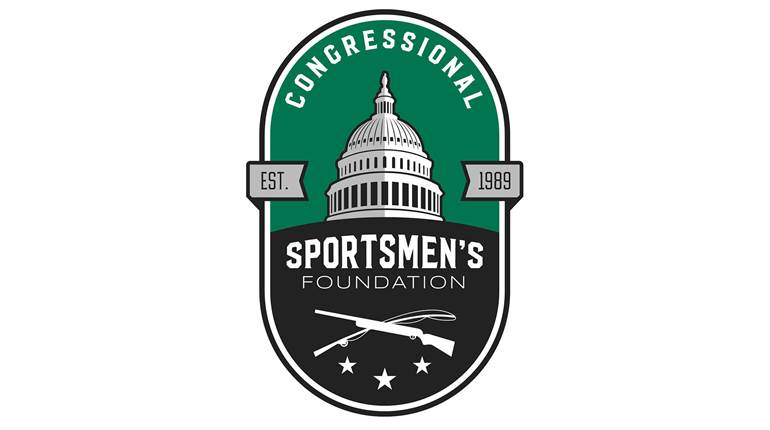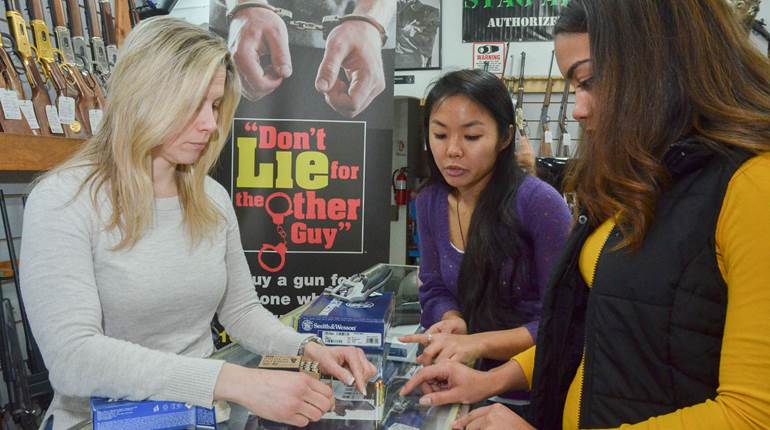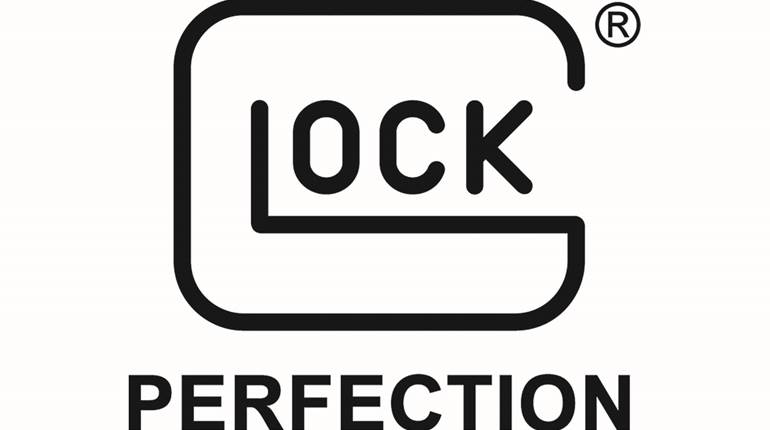
The total volume of firearm sales that resulted in an FBI NICs check last month came in at slightly more than 1.3 million, a 42.6-percent decline compared to January 2021 figures according to estimates by Small Arms Analytics & Forecasting (SAAF). The drop, although dramatic, placed the month at nearly 20 percent above the same period in 2019—prior to heightened self-defense awareness during the pandemic and widespread social unrest.
The slowdown didn’t come as a surprise to the National Association of Sporting Goods Wholesalers, which issued its first SCOPE Annual Report a few days ago, predicting the market was entering a “New Normal.” Although the information focuses primarily on a changing retail environment that includes roughly 5.4 million first-time owners in 2021, there are trends of interest to enthusiasts.
“The firearms market has seen historic performance 2020-2021,” the study notes. “Affectionately known as ‘The Surge,’ early 20220 saw the beginning of unprecedented demand for firearms. This demand growth carried over into the first half of 2021 but has been normalizing in the back half of the year. However, SCOPE DLX data shows we are finding a new normal in demand.”
The report explains FFL shelves are now well stocked, but the panic buying is over, and “…consumers are becoming more selective.” The proportion of handguns, rifles and shotguns sold stand at roughly the same proportion they did before the surge.
It also notes some interesting figures. Three out of every four semi-auto pistols sold during 2020 and 2021 were striker fired. Shotgun inventory levels are roughly triple of what they were in 2019, likely the response of manufacturers when their sales spiked in early 2021, then dropped just as suddenly to normal levels.
The SCOPE report summarizes, “Overall, the ‘New Normal’ in market demand is above 2019 levels. Panic buying is slowing.” SAAF Chief Economist Jurgen Brauer’s statement in analyzing January’s sales seems to confirm that observation. “The estimated U.S. firearms unit sales for January 2022 [is] nearly equal those of January 2020, pre-covid-19-pandemic,” he said. “These, in turn, however, were 19 percent above the January 2019 level so that the industry still experienced strong January 2022 sales. Nonetheless, the drop relative to January 2021 is certainly large, but not unprecedented, in size.”
The 2021 SCOPE Annual Report is free to industry professionals and available online.























![Winchester Comm[94]](/media/1mleusmd/winchester-comm-94.jpg?anchor=center&mode=crop&width=770&height=430&rnd=134090756537800000&quality=60)
![Winchester Comm[94]](/media/1mleusmd/winchester-comm-94.jpg?anchor=center&mode=crop&width=150&height=150&rnd=134090756537800000&quality=60)












